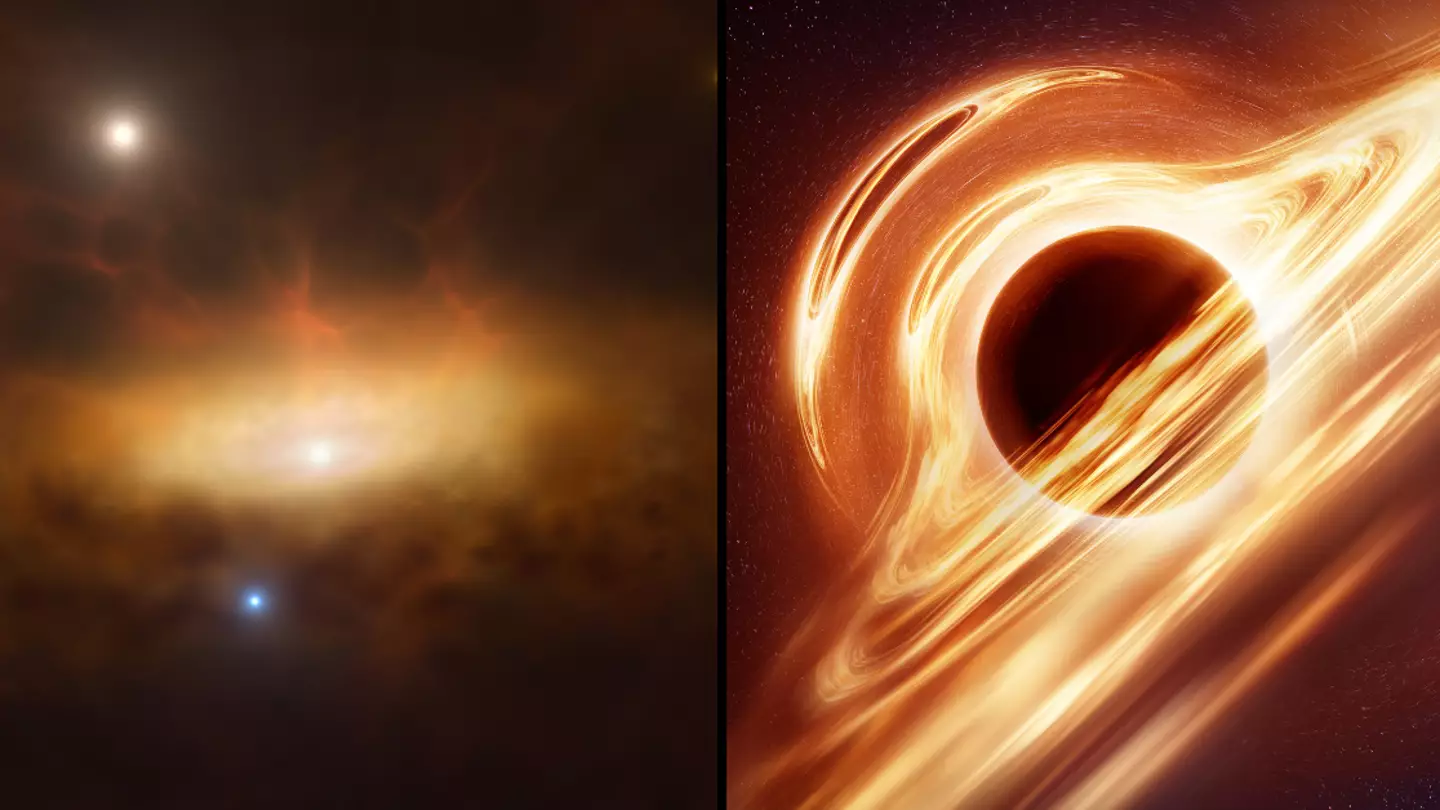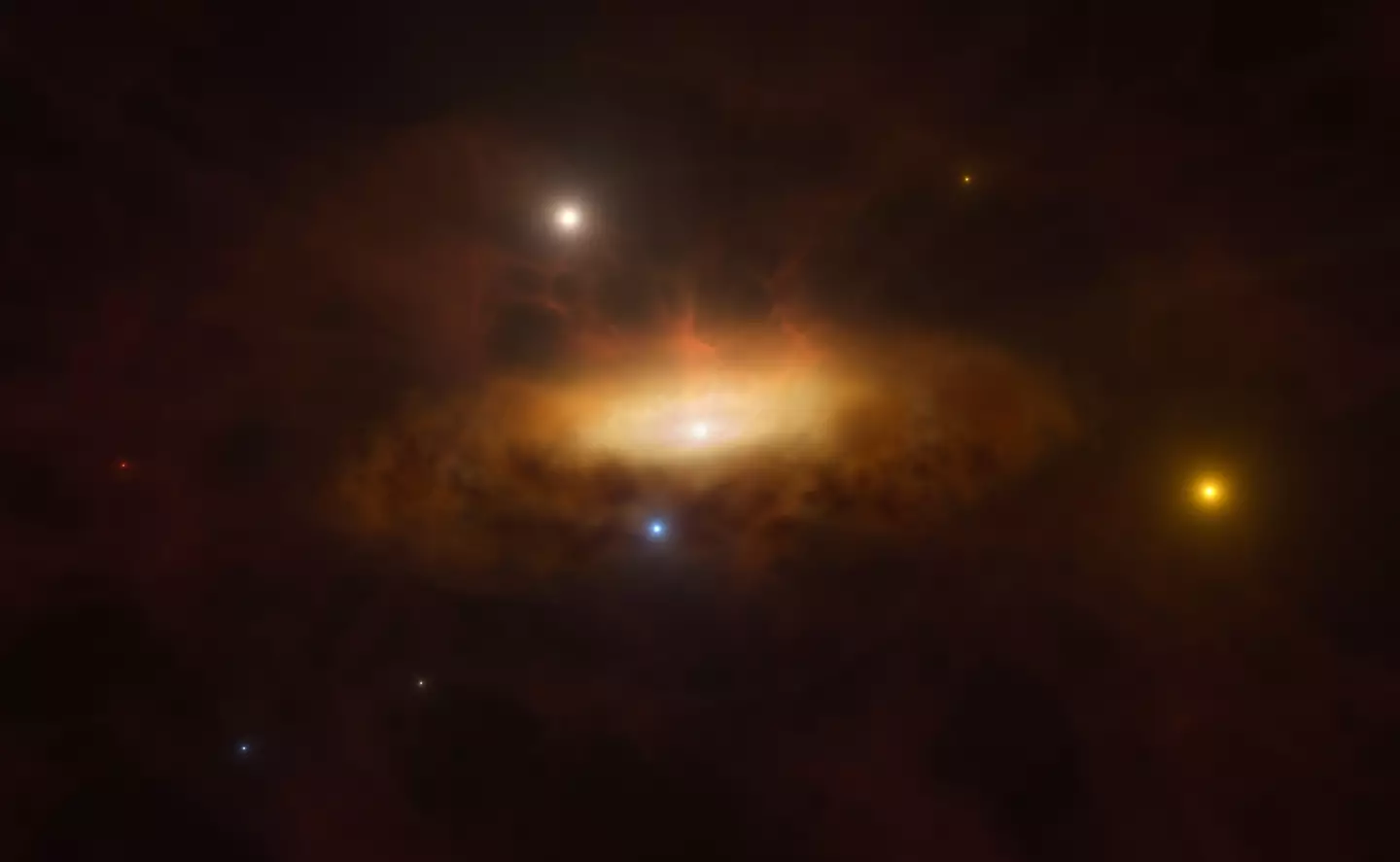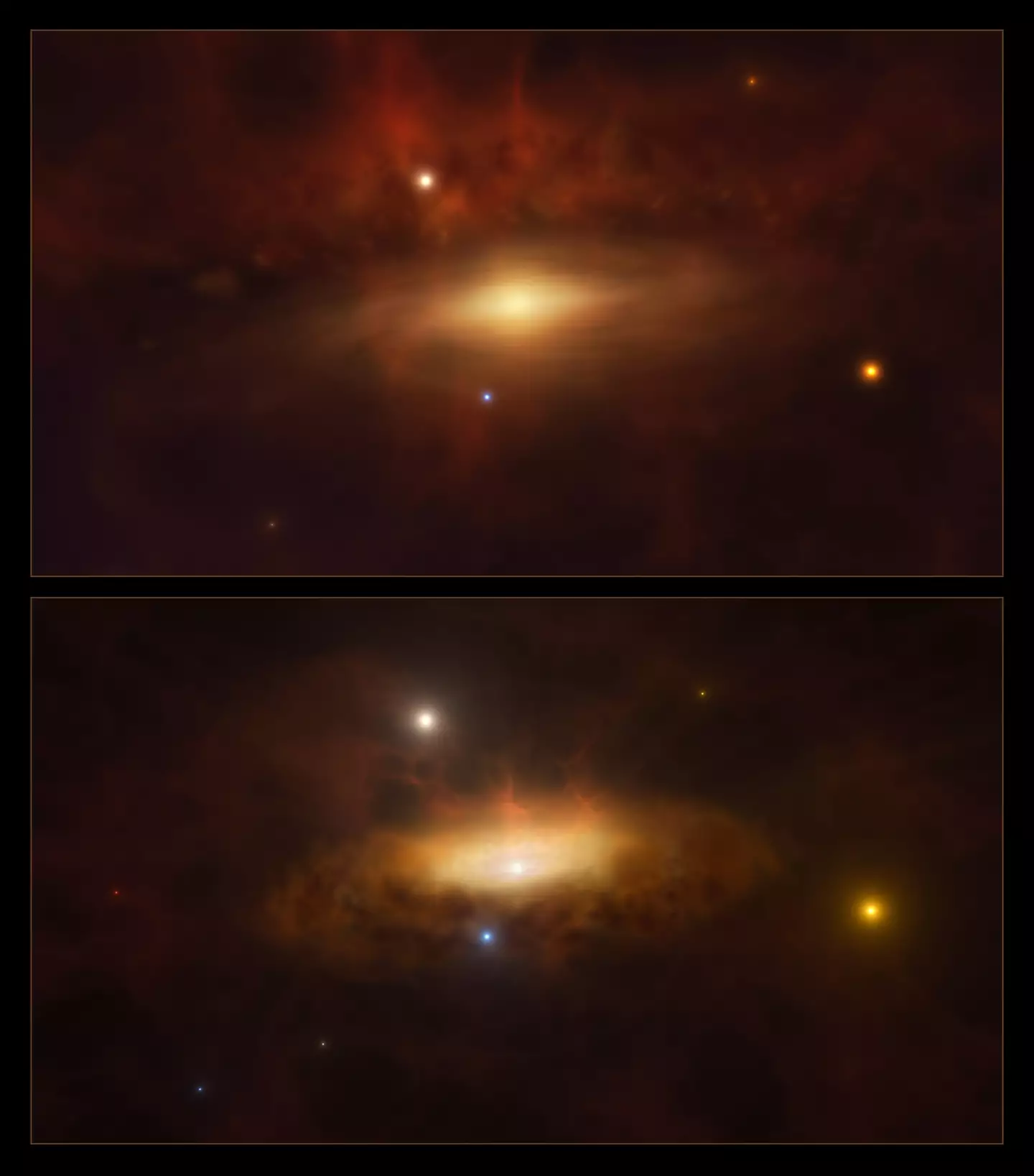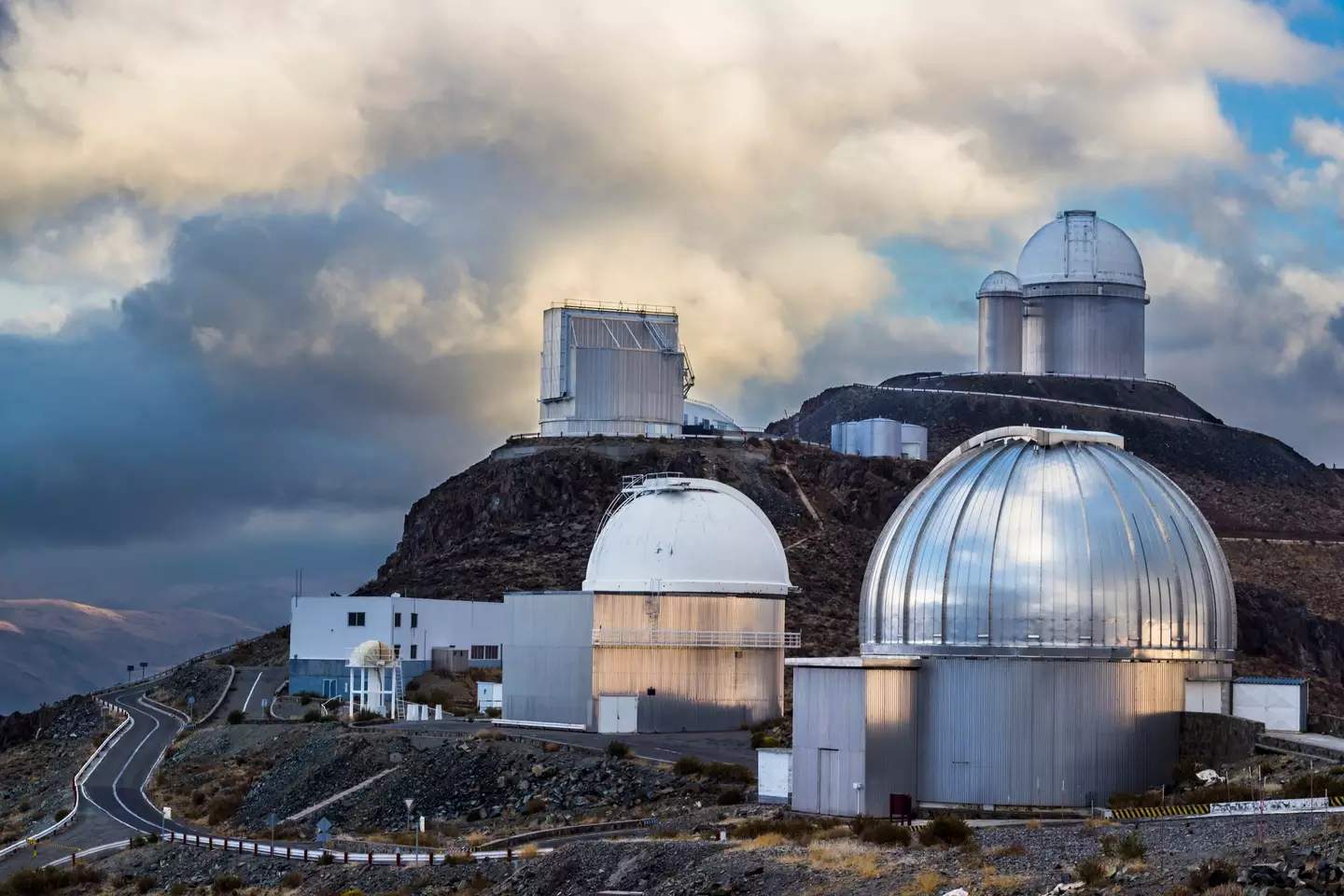
Scientists love discovering something new - and often, that happens on things we think we've already got to the bottom of in the first place.
Enter the exciting world of black holes, with astronomers recently finding that a dormant one has in fact woken up, and is emitting light brighter than it ever has before in recorded history.
A team of boffins over at the European Southern Observatory (ESO) have used its Very Large Telescope (VLT) to take a deep dive in to exactly what has happened following the cosmic discovery.
Tracking how the galaxy’s brightness has changed over time, a new study released this week found that we are now witnessing changes never seen before in a galaxy.
Advert
And the reason for that? It's not known for definite but is most likely the result of a sudden awakening of the massive black hole at its core.
It's the latest study in to black holes and following on from work by the £8 billion rated James Webb Space Telescope, which took 'unprecedented' images of black holes smashing in to each other.

NASA also released a first-person simulator showing us exactly what it would be like to fall through a black hole.
The ESO has also been hard at work on other projects, such as finding a black hole 33 times the size of the Sun 'lurking' close to our planet.
Advert
On the new find, Paula Sánchez Sáez, an astronomer at ESO in Germany and lead author of the study pubished in Astronomy & Astrophysics, said: "Imagine you’ve been observing a distant galaxy for years, and it always seemed calm and inactive.
"Suddenly, its core starts showing dramatic changes in brightness, unlike any typical events we've seen before."
This is what has happened to the galaxy in question, known to scientists as SDSS1335+0728.
It is now classified as having an ‘active galactic nucleus’ (AGN) — a bright compact region powered by a massive black hole — after it brightened dramatically in December 2019.

Advert
Some phenomena, like supernova explosions or tidal disruption events — when a star gets too close to a black hole and is torn apart — can make galaxies suddenly light up.
But these brightness variations typically last only a few dozen or, at most, a few hundreds of days, while SDSS1335+0728 is still growing brighter today, more than four years after it was first seen to ‘switch on’.
On top of this, the variations detected in the galaxy, which is located 300 million light-years away in the constellation Virgo, are unlike any seen before, leading astronomers to consider a different theory.
"The most tangible option to explain this phenomenon is that we are seeing how the core of the galaxy is beginning to show activity,” says co-author Lorena Hernández García, from MAS and the University of Valparaíso in Chile.
“If so, this would be the first time that we see the activation of a massive black hole in real time.”
Advert

Massive black holes — with masses over one hundred thousand times that of our Sun — exist at the centre of most galaxies, including the Milky Way.
“These giant monsters usually are sleeping and not directly visible,” explains co-author Claudio Ricci, from the Diego Portales University, also in Chile.
“In the case of SDSS1335+0728, we were able to observe the awakening of the massive black hole, [which] suddenly started to feast on gas available in its surroundings, becoming very bright.”
Follow-up observations are still needed to rule out alternative explanations. Another possibility is that we are seeing an unusually slow tidal disruption event - when a star passes so close to a supermassive black hole - or even a new phenomenon.
Advert
If it is in fact a tidal disruption event, this would be the longest and faintest such event ever observed.
Topics: Space, World News, Europe, News, Technology, Science